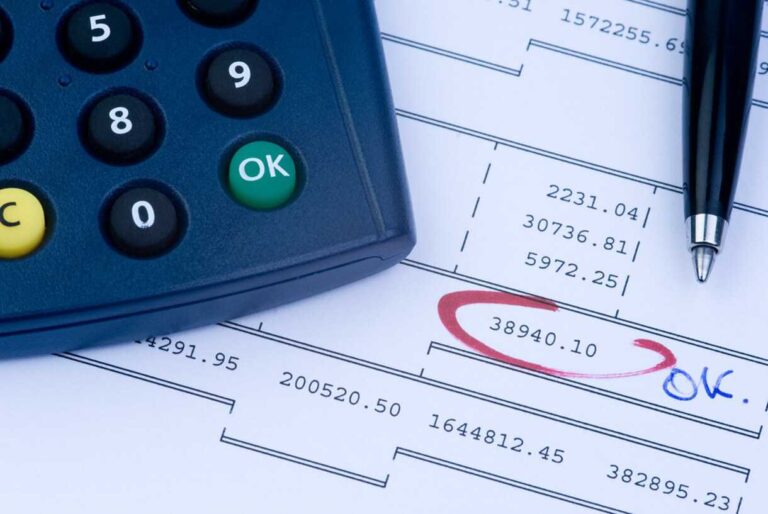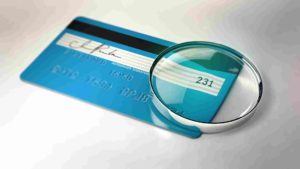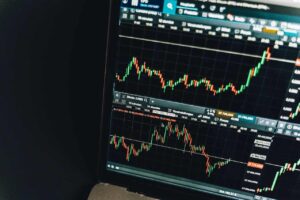Balance sheet: Meaning, components and more

A balance sheet, also known as a statement of financial position, is one of the most important financial statements for any business or individual. It provides a snapshot of a company’s financial health by detailing its assets, liabilities, and equity at a specific time. A balance sheet is a fundamental tool for investors, lenders, and management to evaluate a company’s liquidity, solvency, and overall financial stability.
What is a balance sheet?
A balance sheet, also known as a statement of financial position, is a financial statement that shows a company’s assets, liabilities, and equity at a specific point in time. The balance sheet is so named because it must always balance, meaning that the total of all assets must equal the sum of all liabilities plus equity.
Assets are resources that a company owns or controls, such as cash, accounts receivable, inventory, property, and equipment. Liabilities are obligations that a company owes, such as loans, accounts payable, and taxes owed. Equity represents the residual interest in the company’s assets after deducting liabilities. It includes capital invested by shareholders, as well as retained earnings.
The balance sheet is crucial because it provides a snapshot of a company’s financial position at a specific time. It is one of the three primary financial statements, alongside the income statement and statement of cash flows, that investors and analysts use to evaluate a company’s performance and potential for growth. The balance sheet can determine a company’s liquidity, which is the ability to meet short-term obligations, and solvency, which is the ability to meet long-term obligations. It can also be used to determine a company’s net worth, which is the total value of its assets minus its liabilities.
Understanding the components of a balance sheet
The balance sheet comprises two main sections: assets and liabilities. The assets section lists all of the resources that a company owns or controls, while the liabilities section lists all of the obligations that a company owes. The difference between the two is equity, which represents the residual interest in the company’s assets after subtracting liabilities.
Assets are typically divided into two categories: current assets and non-current assets. Existing assets are expected to be converted into cash or used up within one year, such as cash, accounts receivable, and inventory. Non-current purchases will not be converted into cash or used up within one year, such property, plant, and equipment, and intangible assets like patents, trademarks, and copyrights.
Liabilities are also divided into two categories: current liabilities and non-current liabilities. Current liabilities are expected to be paid within one year, such as accounts payable, short-term loans, and taxes owed. Non-current drawbacks are not likely to be paid within one year, such as long-term debt, pensions, and leases.
Equity represents the residual interest in the company’s assets after subtracting liabilities. It includes capital invested by shareholders, as well as retained earnings. It also contains other equity components like preferred stock, common stock, and treasury stock.
It’s important to note that not all companies have the same components in their balance sheet; some companies might have different categories of assets and liabilities. Still, the basic principles and the aim of the balance sheet stay the same. Understanding the components of a balance sheet is crucial for investors, analysts, and business owners to evaluate a company’s financial position and make informed decisions.
How a balance sheet reflects a company’s financial health
A balance sheet reflects a company’s financial health by providing a snapshot of its assets, liabilities, and equity at a specific point in time. By understanding how a balance sheet works, it’s possible to evaluate a company’s liquidity, solvency, and net worth.
Liquidity refers to a company’s ability to meet short-term obligations. A company with a high level of current assets, such as cash and accounts receivable, is considered more liquid than a company with a low level of existing assets. Additionally, a low level of current liabilities, such as accounts payable and short-term loans, indicates a higher level of liquidity. In other words, a company with a high current ratio (current assets/current liabilities) is considered to have a good liquidity position.
Solvency, on the other hand, refers to a company’s ability to meet long-term obligations. A company with a high level of non-current assets and a low level of non-current liabilities is considered more solvent than a company with a low level of non-current assets and a high level of non-current liabilities. In other words, a company with a high debt-to-equity ratio (total liabilities/shareholders’ equity) has a good solvency position.
Net worth represents a company’s total value, the sum of its assets minus its liabilities. A company with a high net worth is considered financially stronger than a low net worth. A company with a high net worth can invest in growth opportunities, pay dividends to shareholders, and weather difficult economic conditions.
Interpreting and analyzing a balance sheet
Interpreting and analyzing a balance sheet involves understanding the relationship between the assets, liabilities, and equity of a company. It’s essential to look at the liquidity and solvency ratios, such as the current ratio, debt-to-equity ratio, and net worth.
It’s also important to examine trends over time to identify potential financial issues or opportunities. Additionally, It’s also essential to compare the company’s balance sheet to those of its peers in the same industry to get an idea of the company’s relative financial position.
Common mistakes to avoid when reading a balance sheet
The following are some common mistakes to avoid when reading a balance sheet;
- Not understanding the difference between assets, liabilities, and equity: It’s essential to understand these three components and how they relate to each other to interpret a balance sheet accurately.
- Focusing solely on the bottom line: The bottom line, or net income, is only one aspect of a company’s financial health. It’s essential to look at the assets, liabilities, and equity to get a complete picture.
- Not considering the context: A balance sheet should be viewed in the context of the company’s industry and market conditions. It’s essential to compare the company’s balance sheet to its peers in the same industry.
- Not considering trends over time: A balance sheet provides a snapshot of a company’s financial position at a specific point in time; it’s essential also to examine trends over time to identify any potential economic issues or opportunities.
- Not understanding the footnotes: A balance sheet includes additional information about the company’s assets, liabilities, and equity. It’s important to understand these footnotes to get a complete understanding of the company’s financial position.
Conclusion
A balance sheet is a valuable tool for understanding a company’s assets, liabilities, and equity, and it can be used to identify potential financial issues or opportunities.
It’s important to remember that a balance sheet should be considered in the context of the company’s industry and market conditions and to seek professional advice if needed.
Don't miss a thing. Follow us on Telegram and Follow us on WhatsApp. If you love videos then also Subscribe to our YouTube Channel. We are on Twitter as MakeMoneyDotNG.





